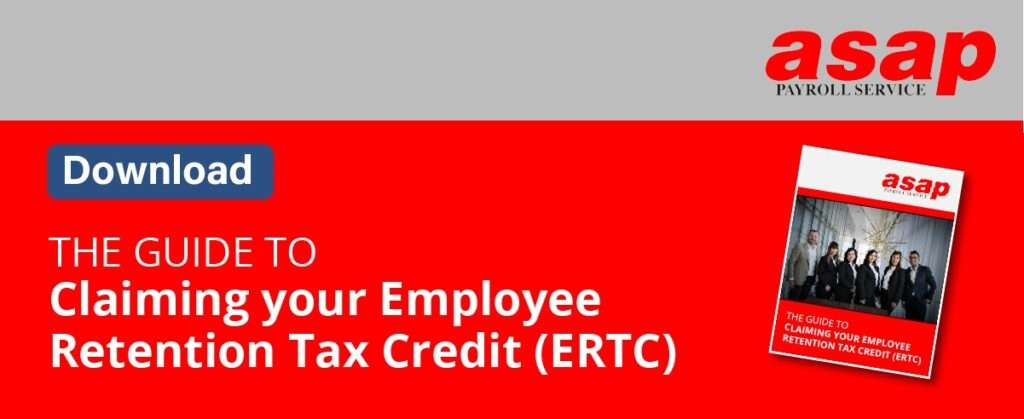On March 27, 2020, the Coronavirus Aid, Relief, and Economic Security Act (CARES), was passed to enable businesses to access the Employee Retention Credit (ERC) as a cushion against losing employees. This came as a protective measure in the wake of the Covid-19 crisis, where businesses and organizations were facing a downshift in their operations following closure directives by the government.
The tax credit became effective from March 2020 through to January 31, 2021, with an increased relief in December 2020 under the Consolidated Appropriations Act 2021(CAA). It is currently extended until December 31, 2021, after the introduction of the American Rescue Plan Act 2021(ARPA). These laws have widened the net for those who qualify for the credit.
What Is the Employee Retention Credit?
It is a fully refundable tax credit that qualified employers can claim against certain percentages equal to 50% of qualifying employee wages. Under the CARES Act 2020, employers could claim 50% of qualified wages limited to $10,000 annual wages per employee paid between March 13, 2020, and 31st December 2020.
In 2021, the credit has increased to 70% of qualified wages paid to employees up to $10,000 per year between Jan 1, 2021, to December 31, 2021. Therefore, an employer is entitled to a maximum of $7,000 per employee each quarter or up to $28,000 throughout 2021.
What Are Qualified Wages?
Simply put, these are wages paid to employees including health costs. In addition, these wages are predetermined by the number of full-time employees which needs to be over 100 in 2019.
As of 2020, if the employer had less than 100 full-time employees in 2019, they could claim ERC for only wages, including health plan expenses, up to $10,000 per employee paid during the period that operations are suspended or when they faced a significant decline in gross receipts.
As for employers with over 100 full-time employees during 2019, the qualified wages, including health plan expenses, are those paid to employees for not providing services as a result of shutting down operations due to COVID-19 or facing a significant decline in gross receipts.
In 2021, the average number of full-time employees was increased from 100 to 500. An employer, who had more than 500 full-time employees in 2019, can claim credit just for wages paid to the employee not performing any services. As for employers who had fewer than 500 employees, credit still extends even to wages paid during non-working days.
Who Is Eligible?
Fortunately, eligibility for credit is not stringent. This includes those who had borrowed loans under the Payroll Protection Program (PPP). Before the pandemic, businesses could choose either credit or a PPP loan. But now, both are accessible as they’ve been extended under the CAA 2021.
Any business or organization can access the credit provided their claim aligns with a specific quarter of 2020 or 2021 of operations. They just need to adhere to two conditions:
- Have partially or fully suspended business operations reducing operation hours because of government orders.
- Have reported a significant decline in gross receipts.
So, in 2020, a decline in gross receipts starts when gross receipts in the same calendar quarter are less than 50% of its gross receipts for the same calendar quarter in 2019. But the business is no longer eligible once it starts earning gross receipts more than 80% of its gross receipts for the same calendar quarter in 2019.
Notably, in 2021, the CAA 2021 puts a limitation on qualifications that businesses need to have experienced more than a 20% decrease in gross receipts during a quarter for the same quarter in 2019 or greatly affected by quarantines or ordered closures.
Moving Forward
With much uncertainty affecting both small and large businesses, the ERC comes as a great remedy against grievous losses. Here at ASAP Payroll, we have the expertise to help you navigate the ERC application process. Feel free to contact us for more information.






